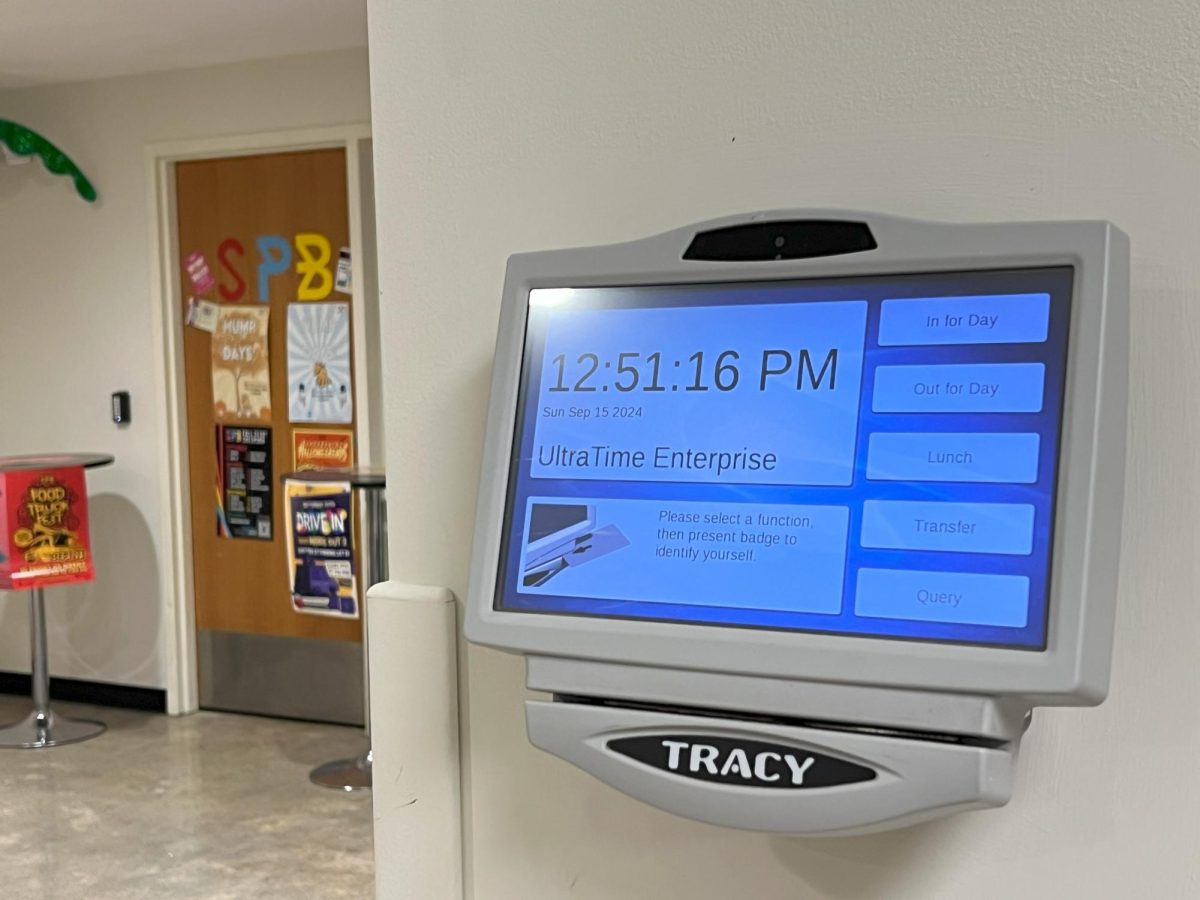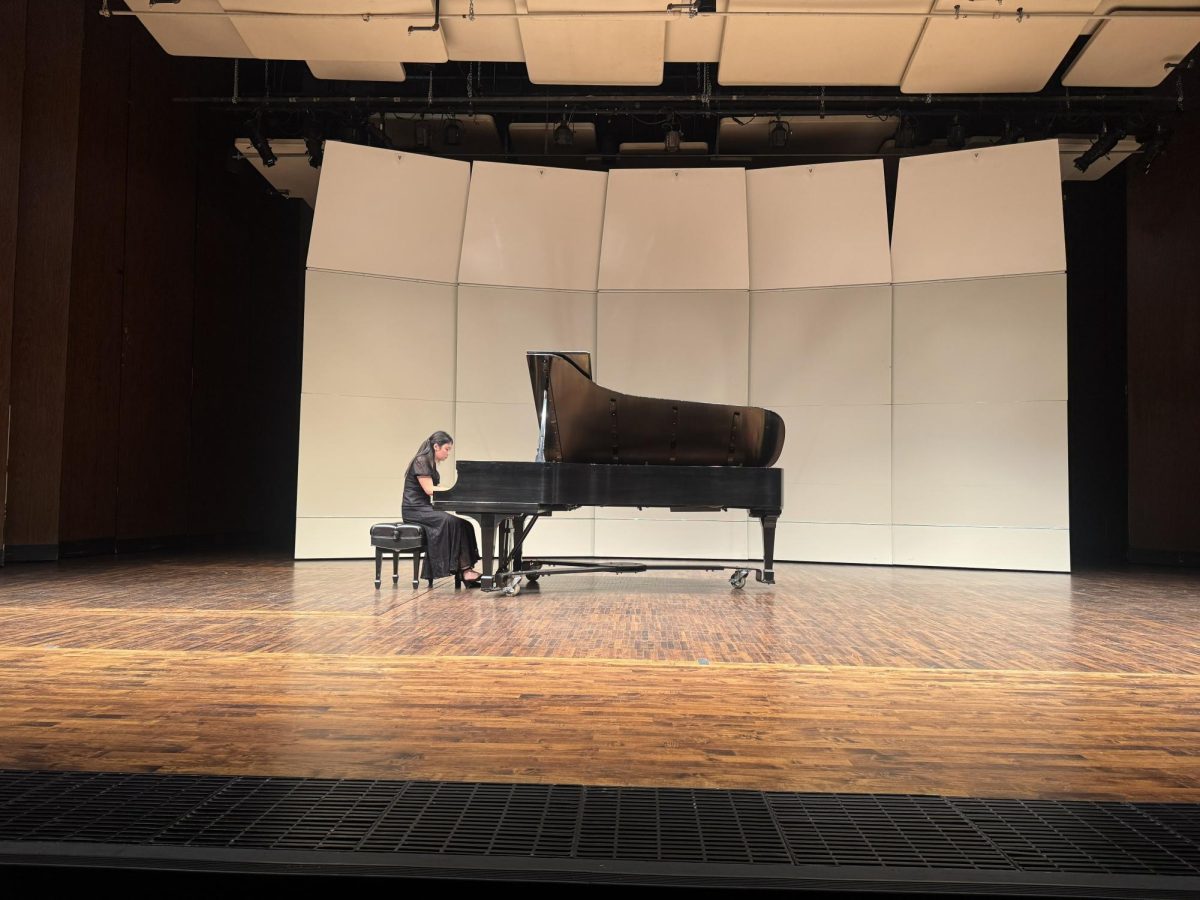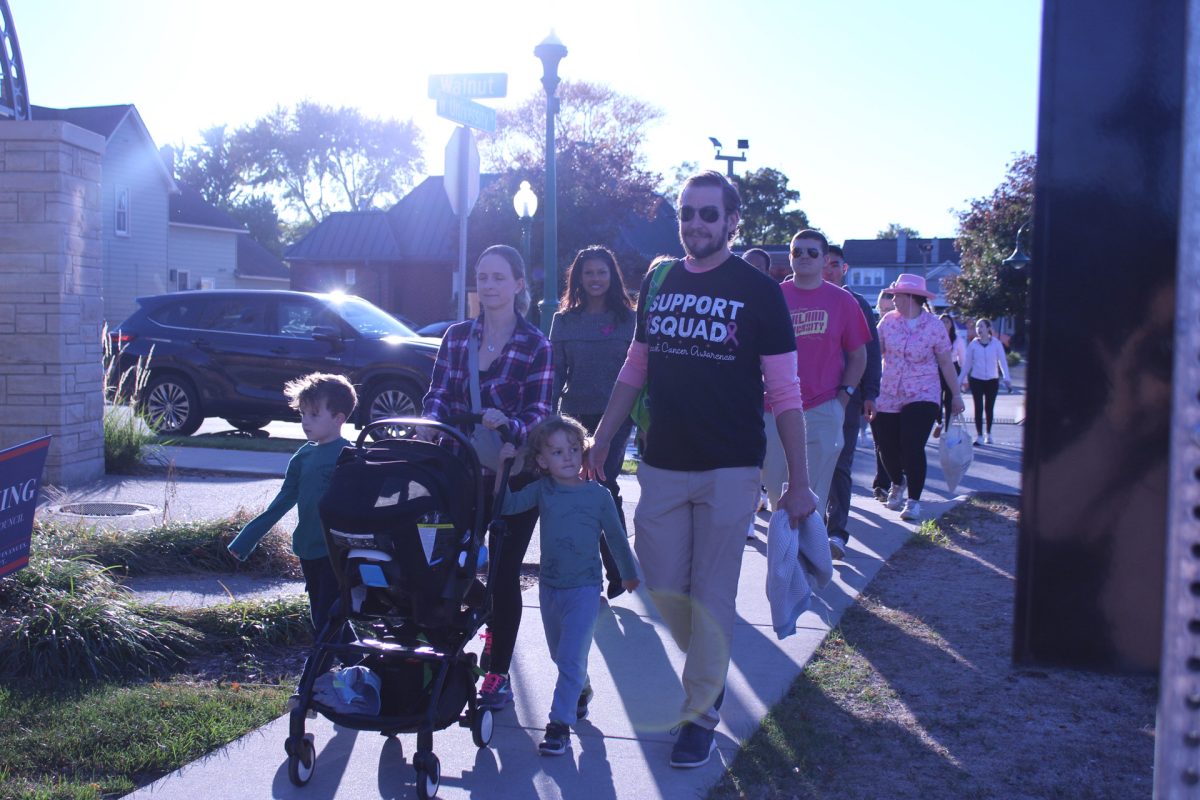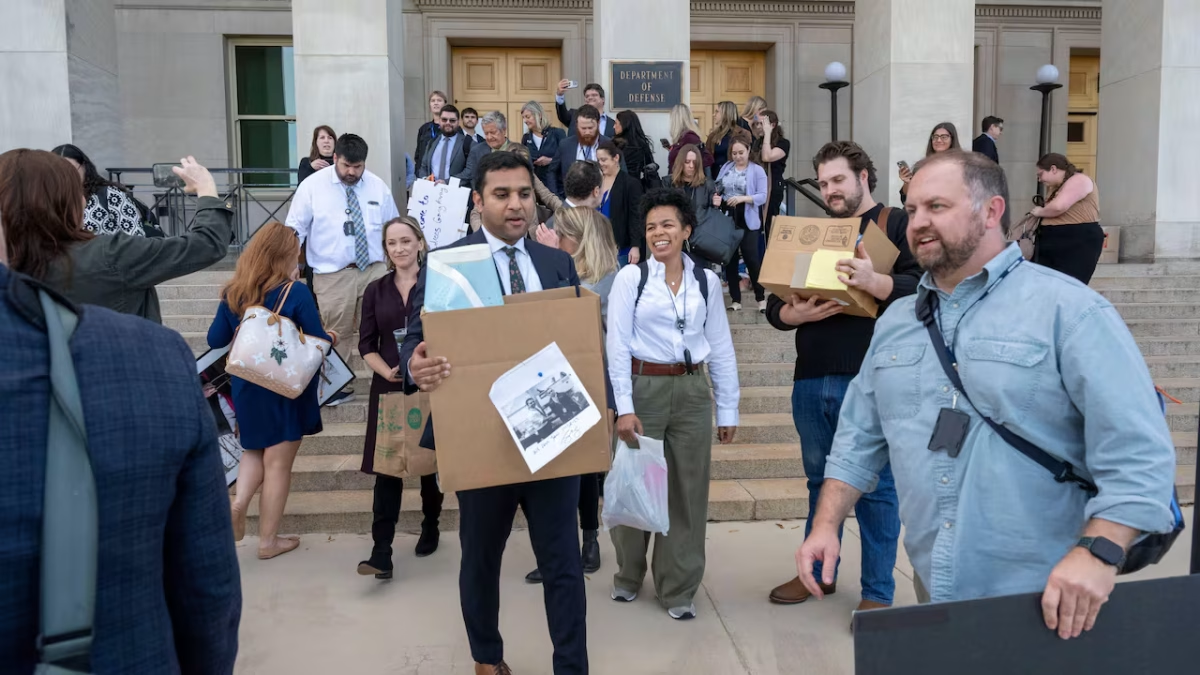After Oakland University eliminated the option to clock in remote hours for SAFAC organizations — with case-by-case exceptions — students reacted to the new work environment in the lower level of the Oakland Center.
Student organizations that fall under the Student Activity Fund Assessment Committee (SAFAC) are those directly funded by OU. These are the Oakland University Student Congress (OUSC), Student Activities Funding Board (SAFB), Student Program Board (SPB), Student Life Lecture Board (SLLB), The Oakland Post, Student Video Production (SVP), WXOU and Club Sports.
“SAFAC student organizations must comply with the same expectations as all student workers across campus,” Glenn McIntosh, senior vice president for Student Affairs, said. “Students were allowed to log remote hours during the public health emergency (pandemic) when temporary adjustments were made to accommodate remote work for both professional staff and student workers.”
“After the public health emergency concluded, the university returned to standard in-person work expectations for all employees, including those involved in student organizations,” McIntosh said.
OUSC gathered testimonies and drafted a resolution advocating against the removal of remote hours presented to McIntosh. Regardless, by the first day of fall employment, August 26th, SAFAC organizations could no longer clock remote hours, unless approved by the Office of Student Affairs on a case-by-case basis.
“Our findings were that a significant portion of members were considering resigning from their positions or would have never joined the organization in the first place if it were not for remote hours,” OUSC President, Jimena Garcia, said. “Common issues we found were that members struggled with transportation and affording the commute to the office.”
With many student workers in SAFAC organizations being notified of the change on the first days of the fall semester, some shared their thoughts on the new policy.
“SAFB works with tight deadlines set in place for us to give funding to student organizations on time, so although I tried to work as much as I could in person, I still had to work from home before/after classes to meet these deadlines,” Gio Liotti, SAFB chairperson, said. “While I understand the reasoning in the sense that student leaders should be around students, I believe the complete removal rather than the minimization of how much we can work remotely when compared to in-person is more of a detriment than anything else to us.”
Liotti explained that the removal of remote hours was a sudden measure with little communication to student workers, causing distress to fit in-person hours on the first days of classes.
“As the SAFB board — much like a big part of SAFAC [organizations] — is composed of many commuting students, we cannot always come to campus just to review a few requests and keep our tight schedule the same as before,” Liotti said. “I can definitely see this piling up later in the year and orgs getting their request approvals much later than we have been able to do before. I can definitely see part of our board being forced to do unpaid work, which I believe is incredibly unfair.”
Liotti also explained that minimizing the allowed remote hours to 25% of total working hours would help students be more present on campus while allowing for urgent matters to be taken care of remotely.
Lachlan O’Neill, SPB creative director, also worked remotely over the summer. However, once notified of the removal of remote hours, O’Neill returned to working entirely on campus.
“I honestly think that eliminating remote hours for a campus organization is valid and effective because it encourages in-person collaboration, which essentially fosters stronger team connections which is the main point for SAFAC organizations to begin with,” O’Neill said.
O’Neill explained that the removal of remote hours has encouraged more face-to-face interactions within SPB and with neighboring student organizations.
“The ‘Student Activities’ in the name ‘SAFAC’ highlights the importance of engaging not only students but student leaders in face-to-face activities, which advocates for a stronger sense of community on campus — something that is more difficult to achieve through remote interactions,” O’Neill said.
Rose Smith, OUSC judiciary chair presented OUSC’s resolution against the removal of remote hours. She expressed concern with the policy change and the logic behind it.
“This is a commuter school, a majority of our workers are commuters,” Smith said. “Sometimes in order to work most efficiently, we need to be able to have class from 9 a.m. to 2 p.m., work one job from 3 p.m. to 9 p.m. and then work a couple hours remotely for our jobs at OU to maintain the efficiency that we’ve been able to achieve in the past.”
Smith said she would like the option to clock in remote hours due to time constraints, also supporting the idea of allowing a fraction of all working hours to be remote.
Marcus Johnson, the OUSC speaker of the legislature, echoed the difficulties of coordinating on-campus presence and the efforts to foster more engagement with the larger student population.
“Sometimes trying to get every legislator to come into the office doesn’t actually work,” Johnson said. “People have class, people have things going on outside of here and sometimes it’s easier to hop on a Google Meet.”
“Whether it be tabling at events, whether it be just listening to student concerns, whether it be voting on legislation … all of that is typically done in person because it’s literally impossible to hear from students if you’re not here,” Johnson said. “I’m simply arguing that all the red tape and minutia of every single day of what we do does not have to be done in person.”
Johnson also explained that all SAFAC organizations work differently and that no single organization or individual experience is representative of the entire sector.
The Oakland Post, for example, saw a decrease in staff, with many students resigning the week before the fall semester began.
Teams that used to comprise a section editor and at least two reporters were left only with editors, going from covering a minimum of five stories per week among three staff members to roughly getting in three stories often written by just one editor alone. A shortage of photographers and graphic designers has also been evident with reporters and editors taking in added responsibilities while working around awkward schedules.
Weekly stories are digitally submitted to and by editors on Friday and Sunday nights, followed by editing rounds during nocturnal hours. Conducting such work on campus has not been compatible either with the Oakland Center’s operating hours or with commuter students’ schedules.
“I do know that it’s very easy to comment on how you think an organization should operate, or what you think an organization should do when you don’t know the inter day-to-day workings of how an organization works,” Johnson said. “I can say our setup allows remote work to be available, it should allow remote work to be available. Just not having it only makes things more difficult for a lot more people.”
For more information on SAFAC work policies, visit the OSI website.











Giovanna • Sep 19, 2024 at 4:30 PM
This article is great! Oakland is a commuter school, and this rule is really discriminatory against commuters who want to become leaders within the OU community. I do love the point Marcus Johnson made about one size not fitting every single SAFAC organization because yeah, some people will be thriving more with this rule in place, but many will be struggling to play catch up. It’s also insane that the Oakland Post has lost that many people already, wow… hang in there yall
Jane • Sep 18, 2024 at 12:24 PM
Commuter students make up 87% of the student population as of 2023. It is disappointing to hear a decision was made that does not benefit this vast majority. Students will no longer be interested in seeking employment opportunities on campus, and it’s disheartening as this decision only benefits a very small group of people. Work can be done remotely, and if whoever made this decision cannot see that, they are living in the past.
Rose • Sep 18, 2024 at 9:54 AM
Great article! Adrian always writes amazing pieces.